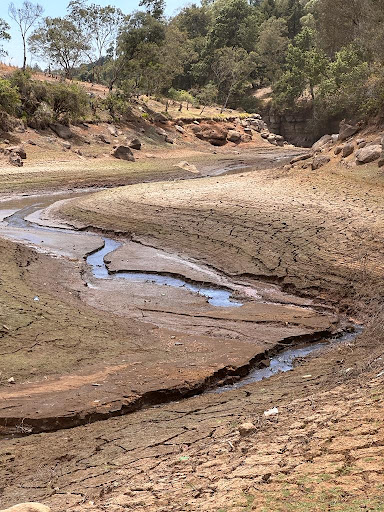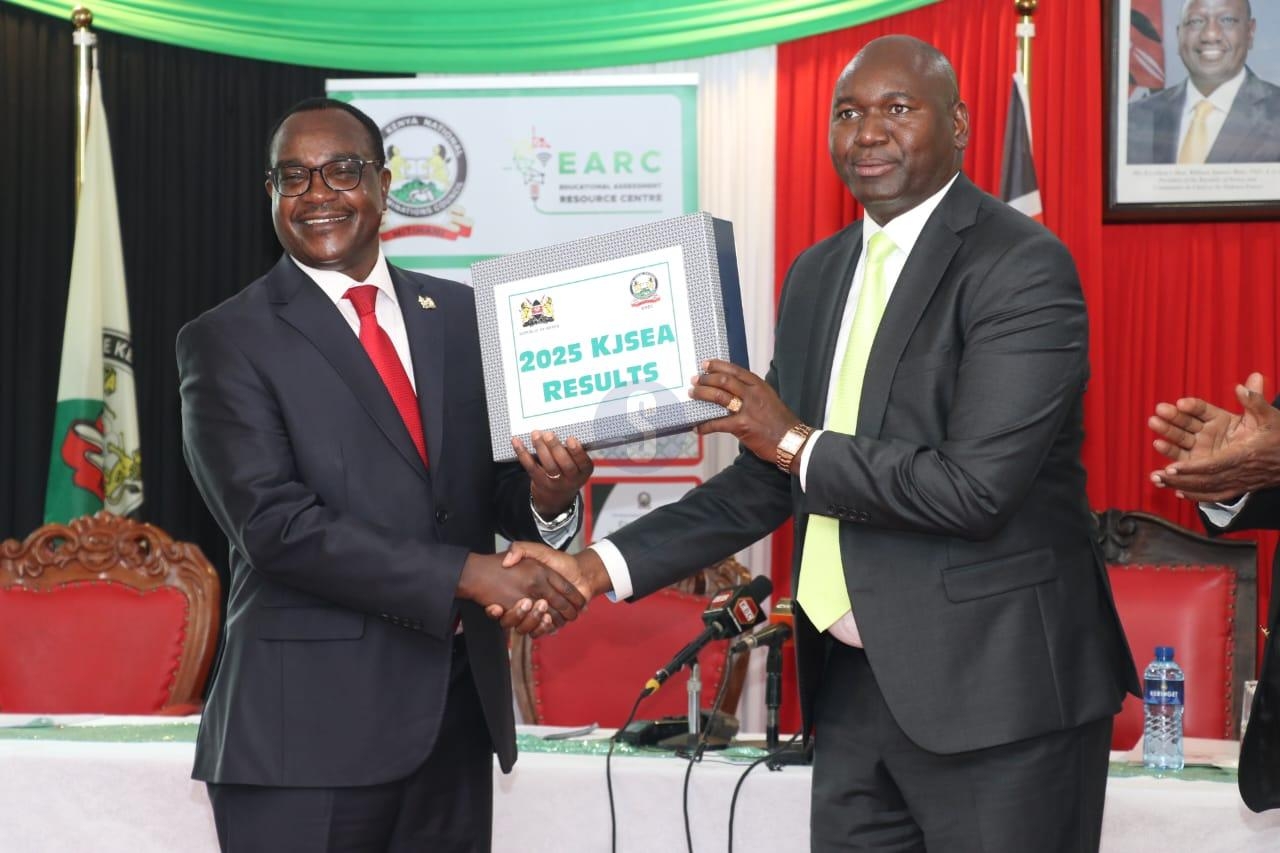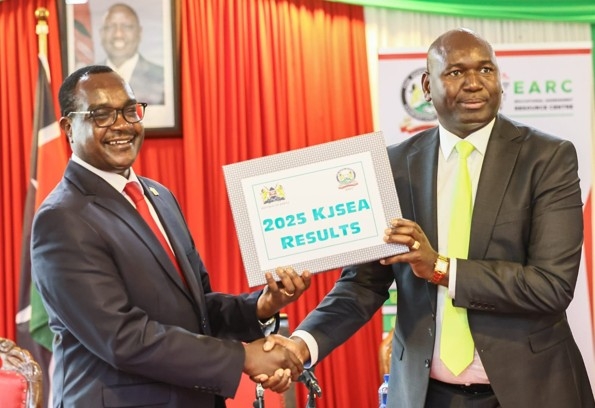
 Dry land/FILE
Dry land/FILE
The reports says most parts of the county will experience intermittent cloudiness with maximum day time temperatures likely to range from 22 to 27 degrees centigrade. Minimum nighttime temperatures are expected to range between 12 degrees and 15 degrees centigrade.
“The Highlands East of the Rift Valley including Nairobi Nyandarua, Laikipia, Nyeri, Kirinyaga, Murang’a, Kiambu, Meru, Embu, Tharaka-Nithi and Nairobi counties are expected to experience intermittent cloudiness in the morning, giving way to sunny intervals for the rest of the day.However, occasional afternoon and night showers may occur over a few mountainous areas during the first half of the forecast period,” the report says.
The report also shows rainfall has notably decreased over the past two weeks in most parts of the country. The highest seven-day rainfall total of 89.5mm was recorded at Kanyangwa rainfall station in Kilifi county while Miyare rainfall station in Migori county recorded the highest amount of rainfall within a span of 24-hours with 47.6mm on December 2.
Nyeri county director of Meteorological Services John Muiruri said the weather agency had shared vital information with relevant partners within the county just before the onset of the short rains.
Muiruri says such information is crucial as it would have helped farmers know when to plant and what kind of crops to plant.
“The October-November-December rains came as we had announced earlier on. We had issued the necessary weather advisory report ahead of time and even urged farmers to plant fast-maturing crops during this season. For those who heeded this advice, they may harvest something from what they planted.Unfortunately, for those who went ahead and planted crops that take longer to mature, they will certainly lose their harvest,” he said.
Early in October Muiruri said onset of the short rains would come around the third week of the month. He said the rains would be normal before tending to depressed showers later in mid-December.
“The short rains will begin from the third to fourth week of October. What we are experiencing is not seasonal rains. These rains will be short-lived and the dry spell will extend to the third and fourth week of this month,” he said.
A weather outlook report from the Kenya Meteorological Department dated September 30 showed the onset of the short rains was anticipated between the fourth week of October and the first week of November in Eastern The rains were also expected to occur during the third to fourth week of October in Central including Nairobi.
The expected total rainfall amounts were however predicted to be near to slightly above the longterm average amounts for October. The October -November -December distribution of rains was also predicted to be poor over most parts of the country with prolonged dry spells and cases of isolated storms.
But farmers have started to panic and could be staring at a failed harvest as most of them had already put seeds in their farms. There was also the fear that any downpour after October may be too little too late considering most crops such as maize require uninterrupted downpour of at least two months.
“We often anticipate the rains to fall around October 25 but this time things have really changed. We can only hope it will rain in the next few days. Short of that I fear I might end up losing my entire crop of beans,” said Mary Wachira, a farmer from Gatitu village.
She had put her 10-acre piece of land under beans. Wachira is, however, grateful that she realized a bumper maize harvest in the last season.
Charles Chege a resident of Gathuthi village in Othaya subcounty, said he feared he may end up losing his crops as most of the young saplings had already started to wither.
“We had planted early with high expectations that rains would fall on time following assurance from the Kenya Meteorological Department. Unfortunately, such hopes are going up in smoke. Things have really changed. I fear for the future,” he said.
Central National Drought Management Authority coordinator Lordman Lekakul called for adoption of alternative approaches in crop production to mitigate unseen weather conditions.
Lekakul said the country is staring at another disappointing season where farmers may end up reaping less than what they had anticipated.
“This season (the rains) will either be near normal or below normal. It means we are not expecting much from this season. We are asking farmers to plant fast-maturing or drought tolerant crops. They should not plant maize seeds that last six months because the onset (of the rains) is actually supposed to be during the first week of November and it will stop in the second week of December. There is basically not much to celebrate in terms of harvest,” he said.
The officer however ruled out
the possibility of a food crisis in
the county saying such a scenario
could only happen following two
failed rainy seasons.



















